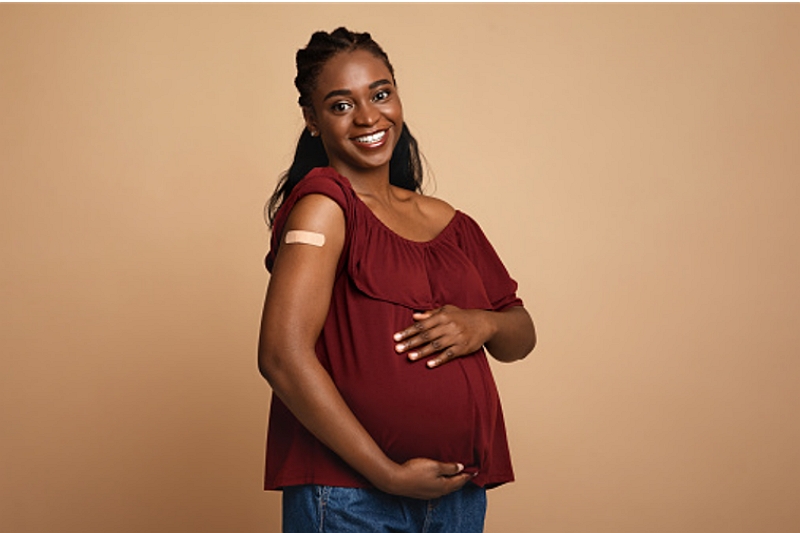In this article, we will discuss extensively where can I donate maternity clothes. That said, we also delved into other aspects of maternity.
Many charities accept maternity clothes for donation. Some of the best places to donate include Dress For Success, Baby Buggy, The Salvation Army (US), and Children’s Aid Society (Canada).

When donating your clothing items make sure they’re in good condition because some programs do not give out hand-me-downs or secondhand goods. Also, be sure to remove all tags before you donate!
You can also check with local churches; often they take donations like this if there aren’t many women in their immediate families who need them. Not only does making a charitable donation help others but it allows you to unload unwanted clothes while allowing someone else to gain use of them.
Where can I donate baby items in Edinburgh?
If you would like to donate baby items in Edinburgh, the best place is at Emmaus. They have several shops throughout Scotland and although they focus on furniture for adults, they do accept donations such as children’s clothes and toys.
Alternatively, if your local community centre or church has an outreach program that supports families with young children then it may be worth asking there too!
The Salvation Army also accepts clothing and toy donations but due to their number of outlets across Scotland unfortunately we cannot list them all here. We hope this information helps you find where to give away baby items in Edinburgh!
How do you take off maternity clothes?
Take off your pants and sit on the bed. Pull them up over your hips, then lean forward until they drop to the ground. Do not get down on all fours like you’re changing a baby; that will hurt your back!
Instead, stand up straight and pick them up with one hand while holding onto something sturdy (like a doorknob). Put on some new clothes and revel in how awesome it feels to button buttons again after nine months of maternity wear!
How long is maternity leave in Canada?
In Canada, maternity leave is a period during which new mothers can take off from work to bond with their newborn children. There are several options for women in Canada who want to get the most out of this time after giving birth including receiving Employment Insurance benefits and taking parental leave.
What does it feel like during pregnancy?
Pregnancy symptoms begin as soon as fertilization takes place, although not all women experience these symptoms at first nor do they start immediately after intercourse.
The most common symptoms include fatigue, morning sickness (which usually starts around week five), swollen breasts, emotional changes such as mood swings; food cravings and nausea sometimes accompanied with vomiting; frequent urination; back pain; constipation – or diarrhoea if pregnant less than 16 weeks; heartburn/acid regurgitation (in later stages of pregnancy); and shortness of breath.
Pregnant women may experience a variety of symptoms, some similar to those seen in non-pregnant people such as feeling tired or losing hair.
Other symptoms are not experienced by all pregnant women: gestational diabetes, which is when the body can’t cope with high blood sugar levels during pregnancy and chloasma (a skin discolouration).
These conditions require special monitoring or treatment during the prenatal period. Some serious complications that occur only for pregnant women include miscarriage, preterm labour, preeclampsia and anaemia. However, these cases are extremely rare.
Complications Associated with Pregnancy
Miscarriage – The most common complication among pregnant women is a miscarriage, also called spontaneous abortion.
Chloasma – One of the most common symptoms that occur during pregnancy are changes in skin colouration, which include chloasma. Chloasma usually starts on the face and spreads to other areas exposed to sunlight such as hands or forearms.
Preeclampsia – Another complication among pregnant women is preeclampsia, a condition where there’s high blood pressure accompanied by too much protein in the urine.
This may be associated with swelling (oedema) and increased amounts of protein found in your baby’s tissues before birth (fetal tissue). Pregnancy-related complications like this can affect both mother and baby very quickly.
Anemia The last serious complication seen in pregnant women is anaemia. Anaemia happens when the number of red blood cells in your body decreases and there aren’t enough healthy red blood cells to carry oxygen throughout your body. This can mean a lack of energy, paleness and even shortness of breath.
In some cases, anaemia may be associated with preeclampsia or HELLP syndrome. All three conditions are serious medical problems that require close attention from your doctor during pregnancy.
How long is the average length of a women’s menstrual cycle?
The average length of a woman’s menstrual cycle is 28 days. While some may have shorter or longer cycles, this one-month duration has been the most common throughout human history and across many different cultures.
What is considered “safe” during pregnancy?
During pregnancy, some activities may not be safe depending on what stage you’re at in your pregnancy. For example, scuba diving or skydiving would generally not be recommended by doctors if they were aware that a person was pregnant.
Additionally, certain foods such as deli meats might have to avoid due to their potential exposure to listeria which can lead to miscarriage or stillbirths among other problems with the baby’s health later down the road.
